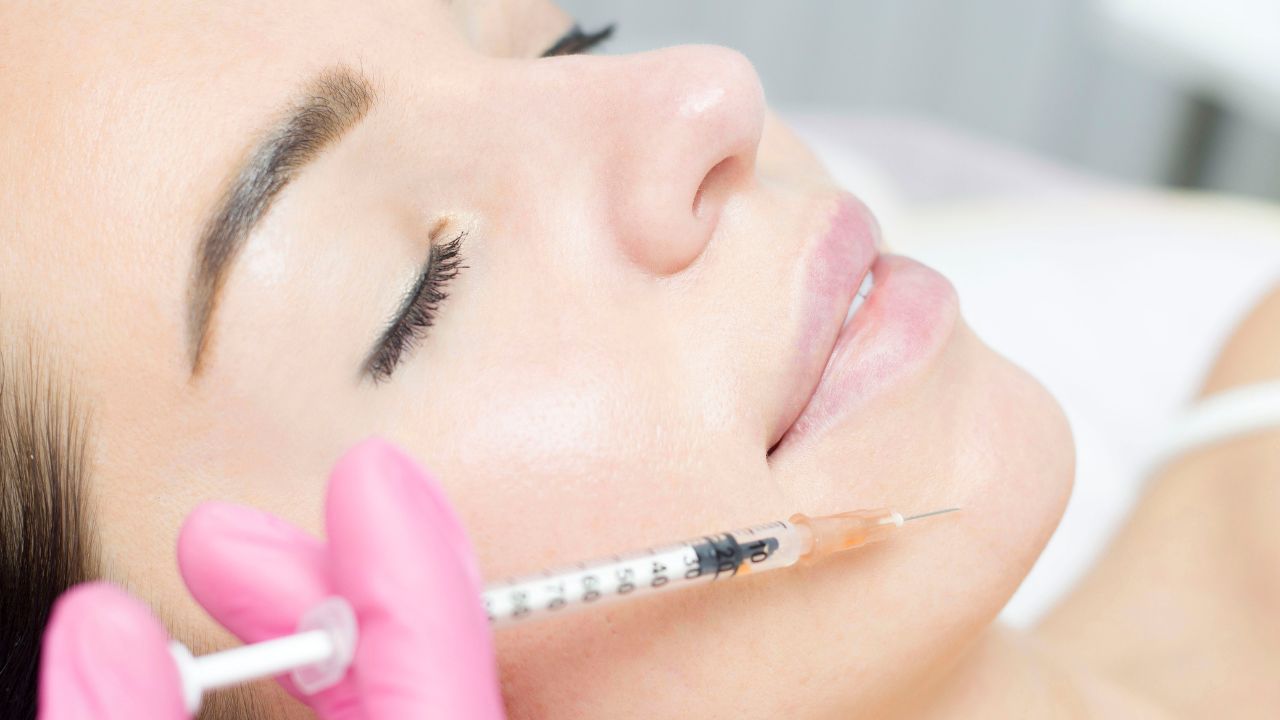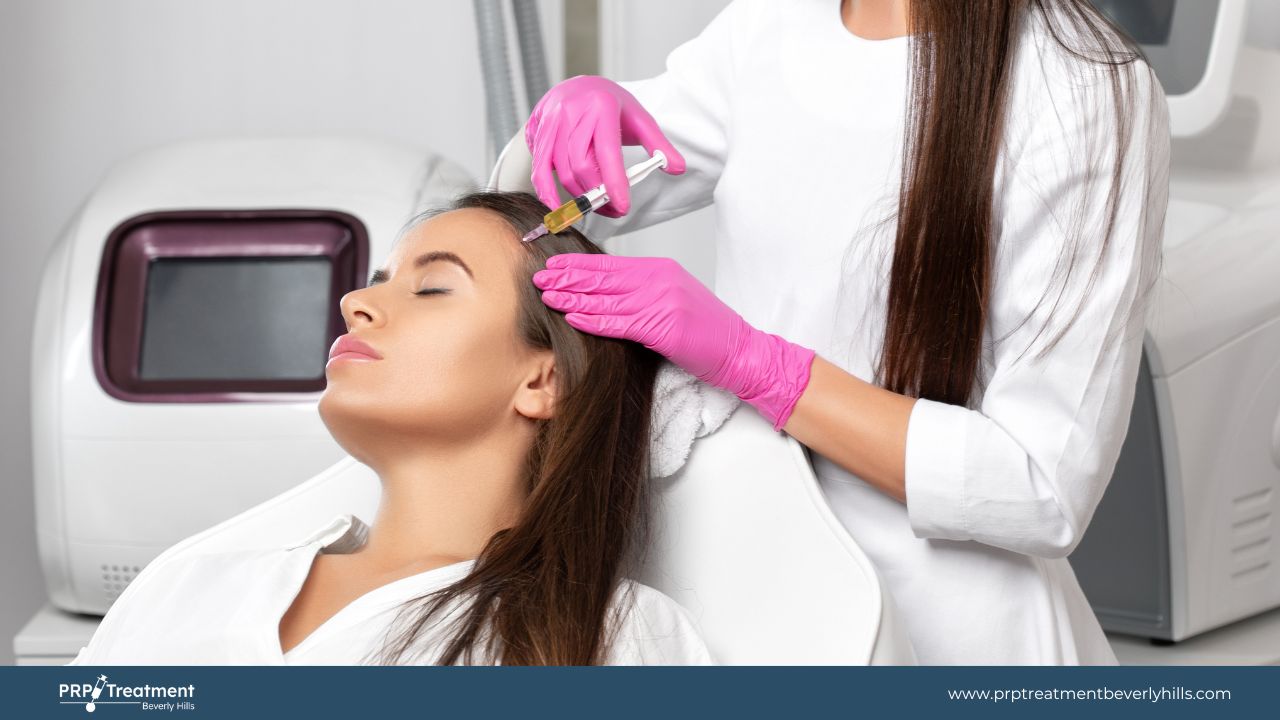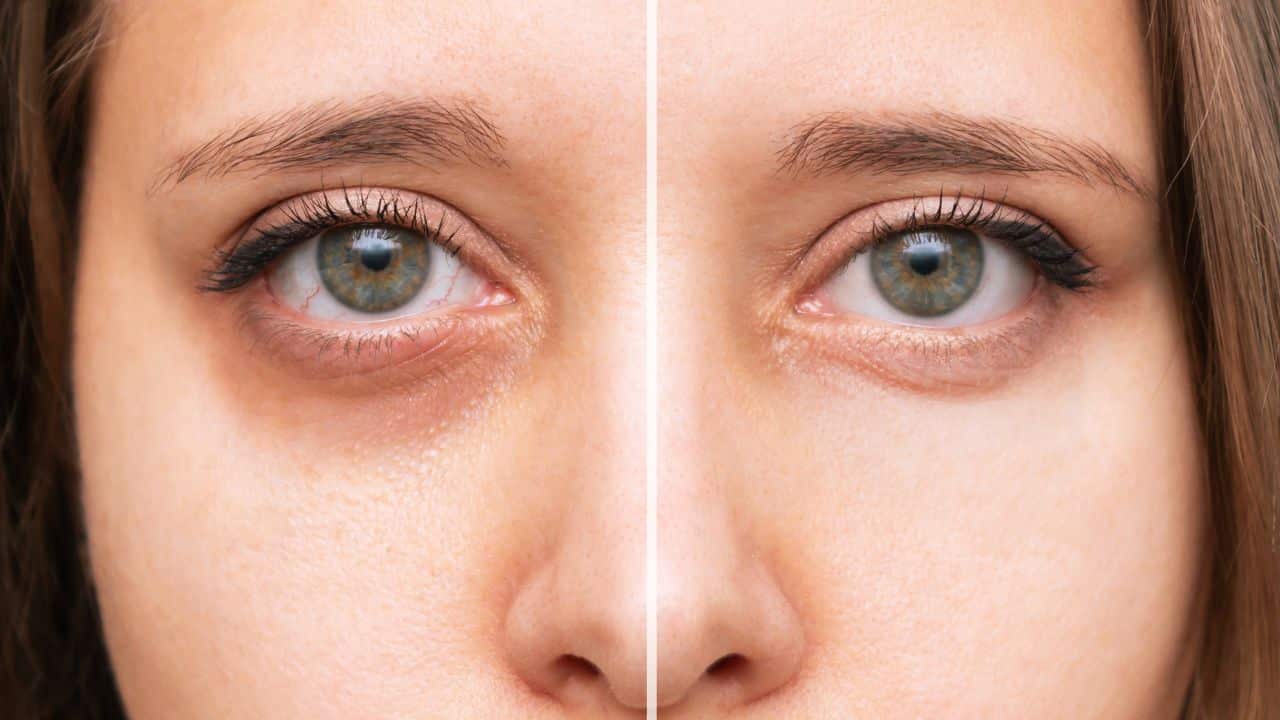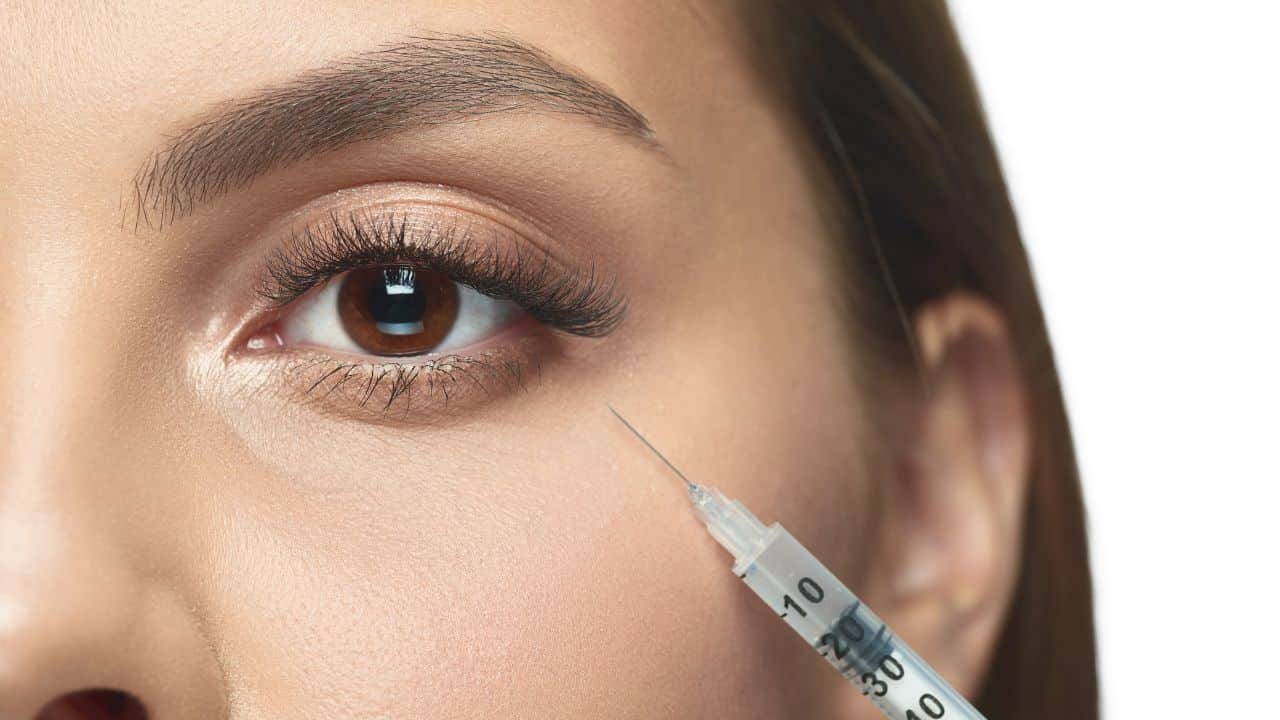New medical treatments can be excellent, but they aren’t always perfect.
PRP injections are becoming more common as people hear about their incredible results. Still, complications are constantly involved with any kind of injection, no matter how popular it may be.
Although PRP injections are safe, they have some short-term side effects that you should be aware of. The most common side effects include bruising, redness, and swelling, but more serious risks are associated with the injection procedure, such as nerve damage and blood clots.
If you’re considering PRP injections, you should be aware of the potential side effects that may result from this treatment. You need to know the common side effects of PRP injections.
Common Side-effects of PRP Injection
While PRP injections are the latest and greatest beauty treatments to hit the market, they have a few side effects you should know about if you’re considering getting them done on yourself.
These are:
Pain in the Injured Area
One side effect is a pain in the injured area. The injections cause an increased level of inflammation, so there will be an increase in pain. This is temporary and should subside after a few days.
Nerve Damage
Nerve damage can occur if the injections are placed improperly on the nerves of the treatment area. The implied injection causes a large amount of inflammation in the area where the injection occurs; sometimes, this inflammation can cause nerve damage.
You want to avoid nerve damage at all costs because it can make everyday movements very difficult. However, you can avoid this by choosing an expert hand for your PRP treatment. You can call us.

Infection
PRP injections are injected into the skin, muscles, or joints and can be used for many purposes, such as improving healing, pain relief, and addressing joint degeneration. Due to the injection process, there is a risk of infection occurring.
The risk is increased if you have an open wound in the area where the injection will occur. If you experience any signs or symptoms of infection after receiving a PRP injection, contact your doctor immediately.
Allergic Reactions
Among the few side effects of PRP injection treatment, one of the most common is an allergic reaction. If you’ve been experiencing symptoms such as hives, itchy skin, difficulty breathing, or dizziness after your injections, it’s likely due to a local allergy. The good news is that there are several things you can do to reduce the likelihood of developing an allergic reaction.
Some people relieve their allergies by taking anti-allergic drugs before their injections. Others have reported success by injecting just one needle at a time instead of four at once. Be sure to mention any past reactions or allergies when consulting with your doctor about treatments for this condition.
Tissue Death
The major downside of PRP injections is that they can lead to tissue death. This happens when the injected area gets traumatized due to the unusual placement of the needle.
Skin Discoloration
It’s important to note that one of the side effects is skin discoloration. This can happen because the platelets in your blood start breaking down and releasing pigments into your skin. The discoloration may go away within a few hours of the treatment.
Bruising and Swelling
This is the most common side effect and can be treated with ice or painkillers. However, if this does not work, you may need a cortisone injection for more severe cases.
Blood Clots
It is essential to know the significant side effects of PRP injections. The most uncommon yet concerning side effect is blood clots, caused by the body’s immune system reacting to proteins in the plasma. Blood clots can cause deep vein thrombosis and pulmonary embolism. Thrombophlebitis and skin necrosis have also been reported due to the injections.
People with a higher risk for blood clots, such as
- Smokers or people with a history of blood clots are more prone to blood clots with PRP injections.
- Anyone who has had surgery in the last six weeks is also at an increased risk for blood clots.
- If you have any medical conditions, such as heart disease or circulation problems.
How Long Do The Side Effects Last?
You should first know how long the side effects will last. The answer is between three and six months, but it’s hard to tell because it varies from person to person.
Some people experience no side effects, while others may feel pain or numbness in the area where they received the injection. It’s also important to note that these side effects are temporary. Once your body recovers, the only thing you’ll have left is rejuvenated skin or a fuller head of hair.
Things to Remember After Taking PRP Injections

Instead of stepping a foot back after knowing all the complications related to PRP, read out a few things that might relieve you for a while.
- In the first few days after taking a PRP injection, there is potential bruising and swelling in the area where the doctors administered the injections.
- There are no known long-term side effects of taking a PRP injection.
- The most common short-term side effect is pain at the injection site lasting 3-5 days post-procedure.
- Other possible side effects include headaches, nausea, and dizziness.
- It is crucial to speak with your doctor before taking a PRP injection, as they can advise you on what other precautions should be taken before getting the treatment.
- Get your follow-up checkups right so your doctor can assess you.
When to Visit a Doctor?
Besides your routine checkup, you should visit the doctor if the bruising and redness at the injection site or general irritation around the area do not disappear within two weeks. If these symptoms worsen or don’t go away, talk to your doctor as soon as possible.
Also, if unbearable pain at the injections persists for more than a week, speak to your doctor.
FAQ
Can PRP be painful?
Usually, the process isn’t painful as it requires only drawing and injecting blood and plasma. However, if you take PRP for joints and muscle injury, the pain can be a part of the healing process. Here, the PRP sends acute inflammation signals to heal the injury.
What can go wrong with PRP?
PRP treatments are usually considered safe with some short-term side effects. There is nothing as such that can go wrong with the treatment if you are under the supervision of an expert dermatologist.
Final Thought
PRP injections are often praised as the most potent and effective way to fight hair loss and revive your hair follicles. But PRP isn’t without its side effects, which can be severe in some cases. If you’re considering getting PRP injections, these are the main side effects you need to know about.
While PRP injections are generally safe, they can also cause some complications. While most of these side effects are common and easy to avoid, it’s essential to know what they are so you don’t suffer from them yourself or accidentally make someone else’s situation more severe.





